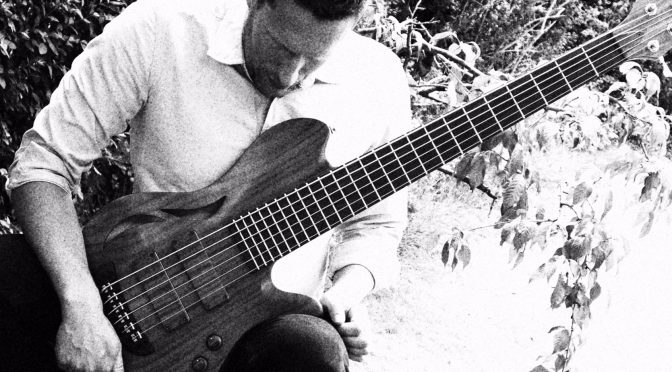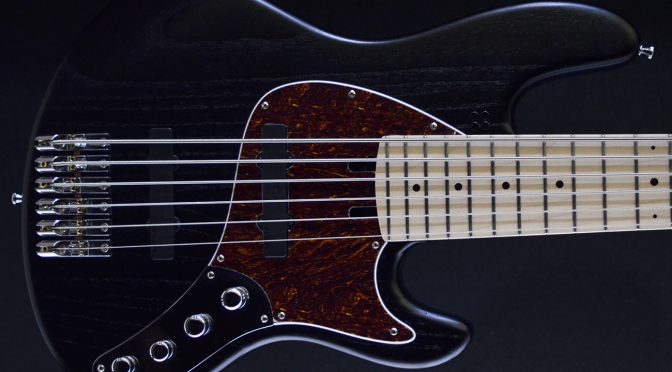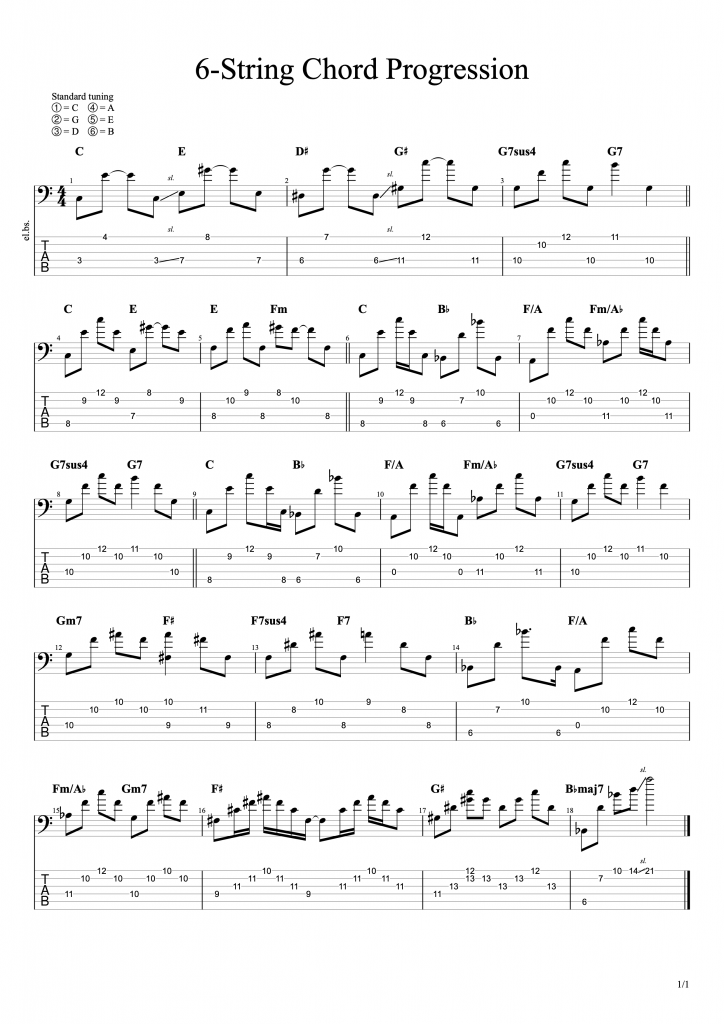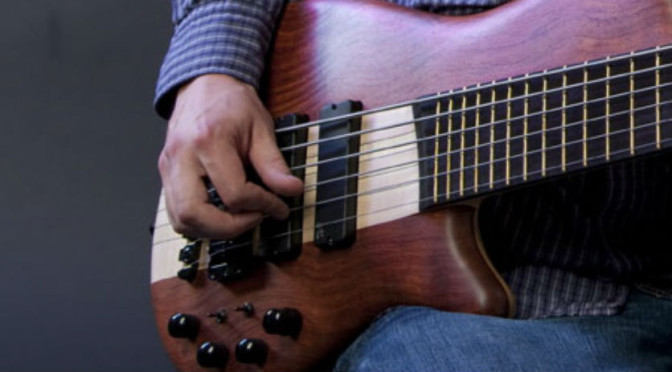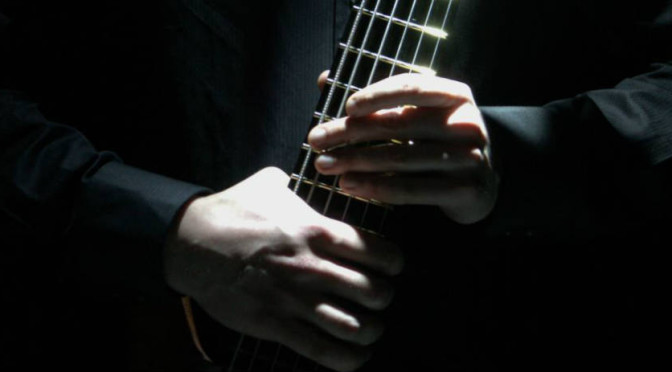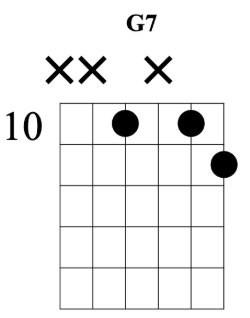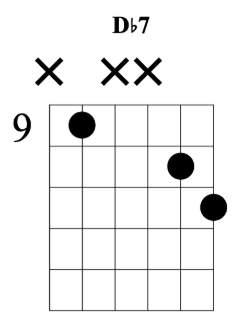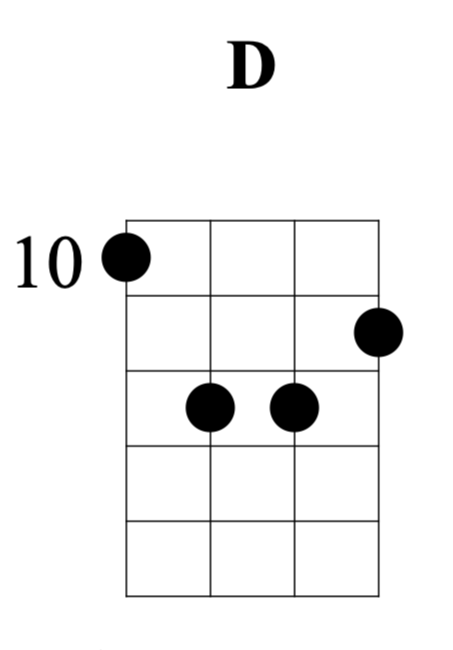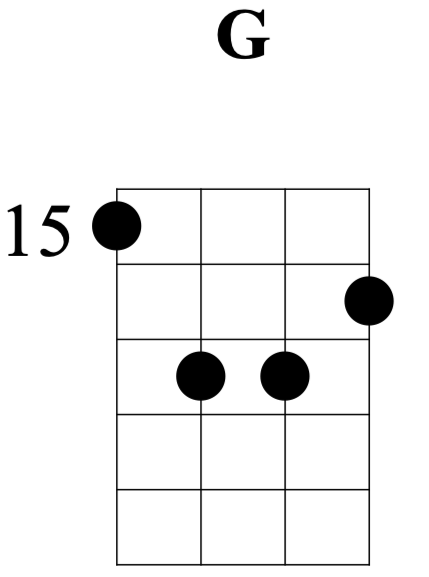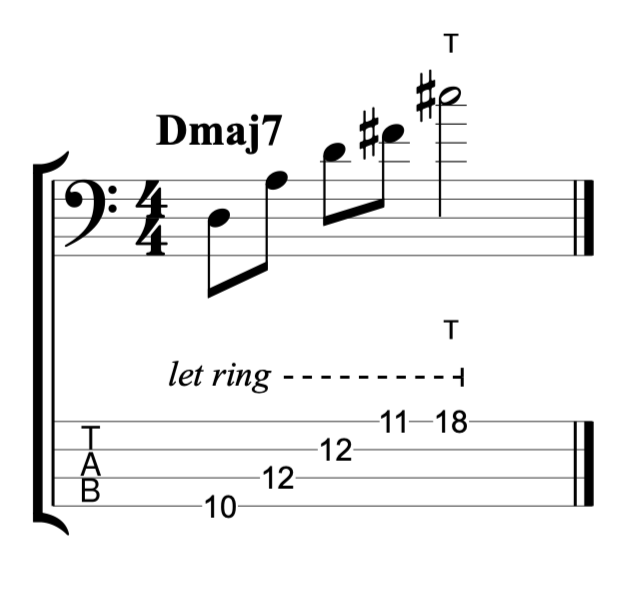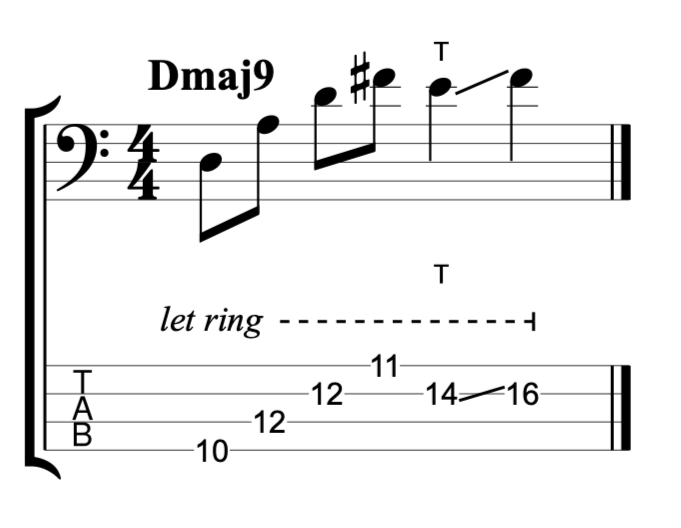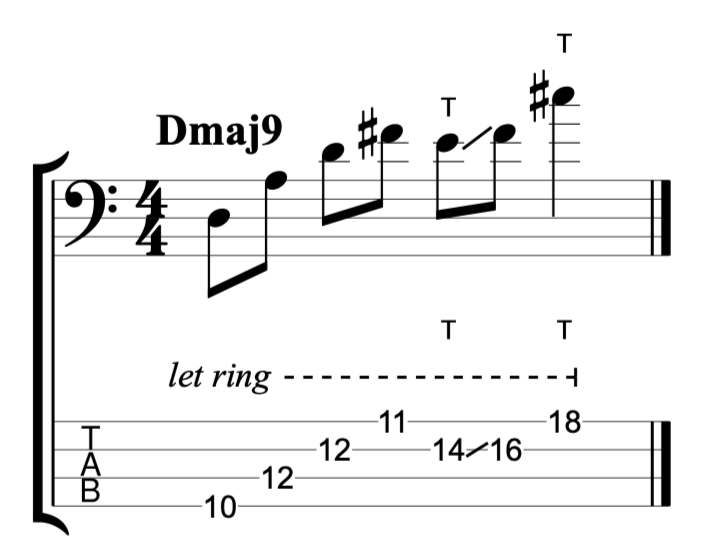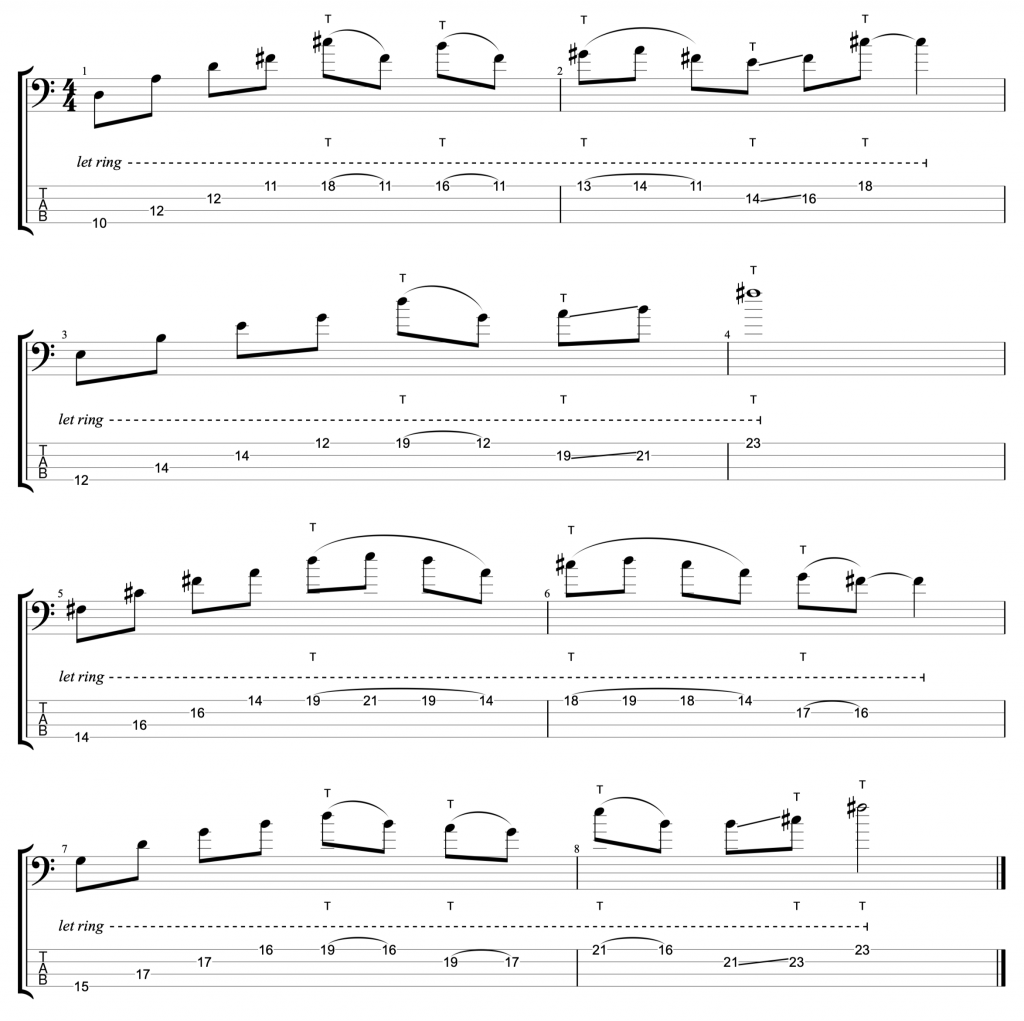Practicing Jazz on My Overwater Hollowbody – Up Jumped Spring – Bass Practice Diary – 23 March 2021
In this video, I’m improvising over the chord changes of the jazz standard Up Jumped Spring after recoding the chords into a looper. If you were wondering why you haven’t seen this beautiful bass on my channel for a few months. It’s because she’s been back with Chris May and the team at Overwater having a new bridge installed. However, she was returned to me this week and I’m so happy to have her back.
Overwater Hollowbody
She’s my custom made Overwater Hollowbody 6-string bass. The first fretted version to be made and the first with a 34″ scale length. The bass features a wooden acoustic style bridge, but with adjustable saddles, like an electric bass bridge. The first bridge was made from ebony, and I was finding that the wood was slightly too soft to hold some of the saddles in place and the intonation was slipping. Chris very kindly fashioned this new bridge from a very hard wood from South Africa. So far it seems to be holding the intonation perfectly.
Practicing with a looper
In the video I’m demonstrating something that I’ve done regularly in my practice for well over a decade. I bought my first looper pedal about 15 years ago, and I’ve found loopers to be an amazing practice tool. One of my favourite techniques for practicing using a looper is to record the chord changes to a jazz standard into the looper and then improvise over the looped changes. In this video I’m using the chord changes of Freddie Hubbard’s jazz waltz Up Jumped Spring.
I’ve often been asked “what is a good looper to buy?” And it’s a question I always feel uncomfortable answering. Because I’ve used various loopers from cheap ones with just a single button to expensive ones laden with features. Which one you choose depends on what you’re planning to use it for. If you just want one for the kind of practice that I’m doing in this video, then buy a very cheap one. It will do the job. However if you want something to perform with, then it’s impossible to advise you. Because you will have to choose a looper that has features that correspond to how you’re planning to use it in performance.
I recently purchased a Headrush Looperboard, which is like a recording device/audio interface/live looper all rolled into one. So far I’m impressed by it, but I haven’t yet had the chance to use it in a live performance as the UK has been in COVID lockdown continuously since I first bought it.
However, if you’re interested in trying looping for the first time, I would suggest buying something very cheap to try it out at home. And then you can upgrade later on if and when you start to feel like you need to.

